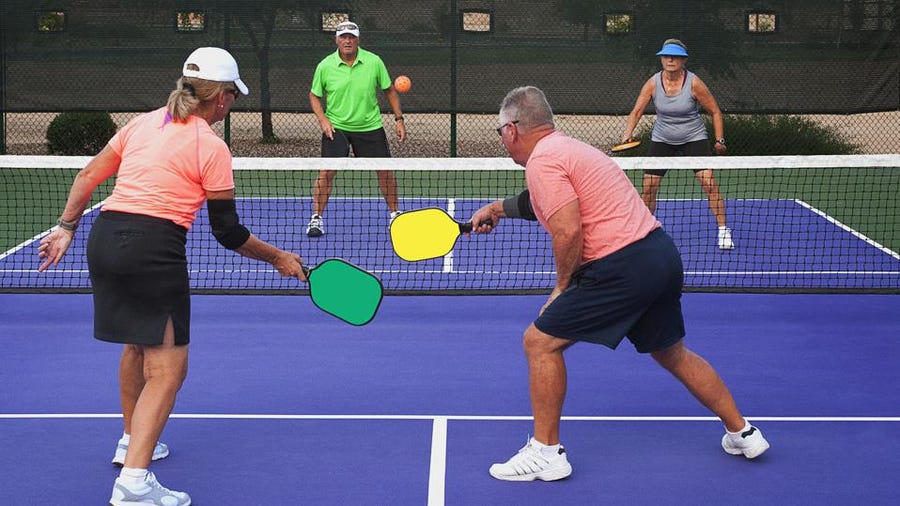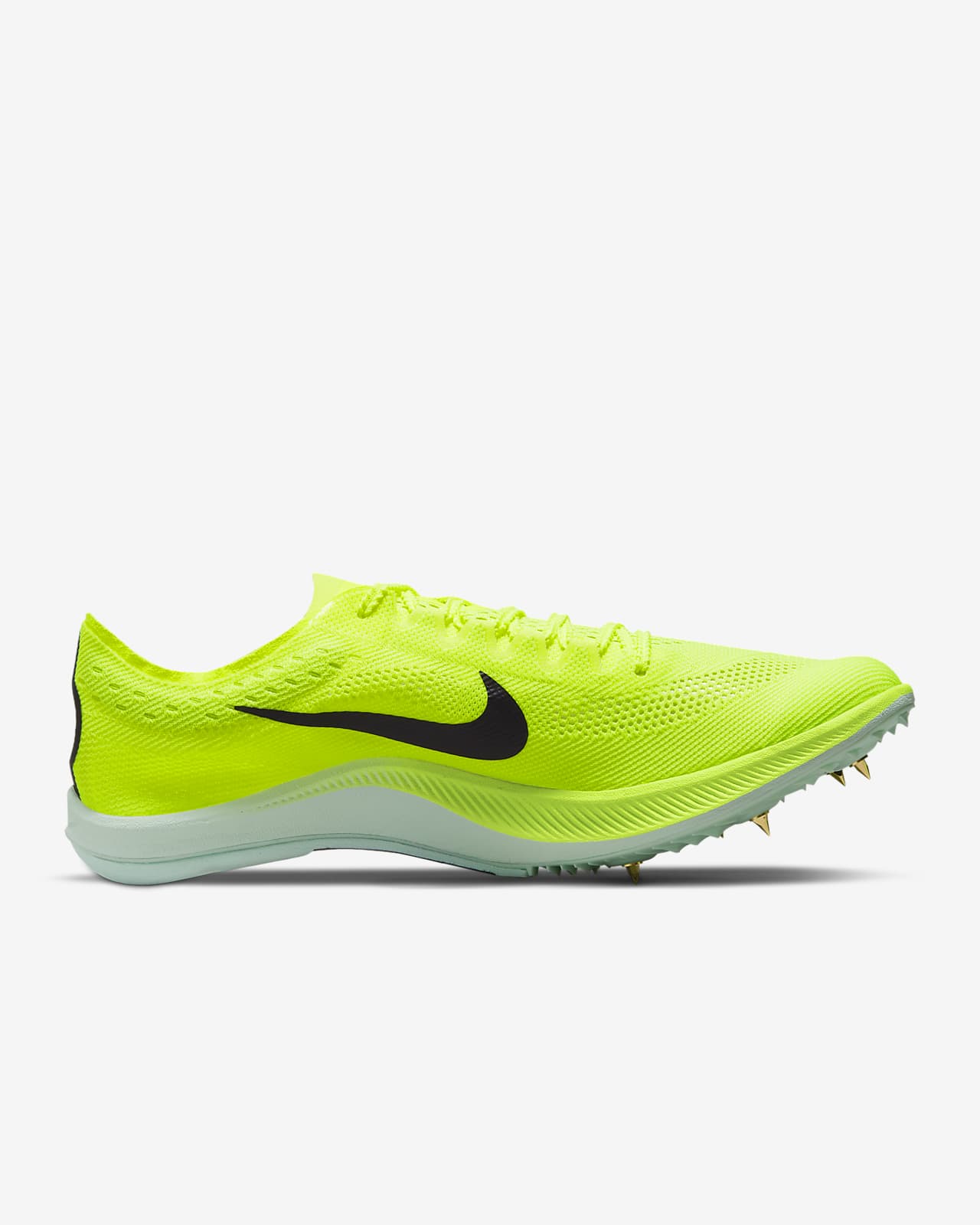As a seasoned pickleball player, you know that understanding the pickleball rules and scoring system is crucial to winning games. With this blog post, we’ll explore the intricacies of pickleball scoring and equip you with the knowledge needed to excel in pickleball singles or doubles pickleball play – be it recreational play or competitive. We’ll cover both singles and doubles play, as well as recreational play and competitive matches.
By the end of this post, you’ll be an expert in pickleball rules and scoring and prepared to excel on the court. So let’s get started!
Check out CRP today for more information on pickleball rules and scoring system.
Table of Contents
- Pickleball Basics
- Rules of Play
- Strategies & Techniques
- Equipment Guide
- Tips For Beginners
- Common Mistakes To Avoid
- FAQs in Relation to Pickleball Rules and Scoring
- Conclusion
Pickleball Basics
Pickleball is an exciting, dynamic sport that everyone can enjoy. Scoring in pickleball games is relatively simple, with each team or player starting at zero points and the first to reach 11 wins the game. In doubles pickleball play, The team serving must alternate order every two points; in pickleball singles play, each player serves for one point before switching sides.
The non-volley zone line (also known as the “kitchen”) is an important part of pickleball strategy. This area within seven feet from either side of the net cannot be entered until after a ball has been hit beyond it. Knowing how to score and when to switch sides are essential components for successful pickleball gameplay.
Understanding the basic pickleball rules and scoring is essential for players to enjoy a successful game. Let’s examine some of the primary regulations which dictate how a game is conducted.
Rules of Play
When it comes to pickleball rules and scoring, understanding how faults in serving work is key. A fault serve occurs when a player serves outside of the designated service court or fails to hit the ball above their waist. Failing to give an opponent a chance to hit the ball after two consecutive shots is also considered a fault.
To avoid this mistake, players must ensure that each time they hit the ball, there’s an opportunity for their opponent(s) to return it.
The double bounce rule is also important for any game of pickleball and applies both during singles pickleball and doubles play. This rule states that players must allow one bounce on either side of the net before returning it over. So after your first shot bounces off your opponent’s side, you have one more chance to get it back over without penalty.
Pickleball rules are essential for players to understand and follow for an enjoyable game. Now that the basics are covered let’s move on to some strategies and techniques which will help take your gameplay up a notch.
Strategies & Techniques
Pickleball rules and scoring is a challenging and thrilling game that necessitates tactical acumen and skill. The right shots can make all the difference in winning or losing a game, so it’s important to understand how to use different shot types like dinks and volleys effectively. Dinking is when you hit the ball softly over the net with a backspin, allowing your opponent less time to react.
Volleys are hit without letting the ball bounce on your side of the court first; they require quick reflexes but can be very effective if executed correctly.
Footwork is also essential for successful pickleball gameplay. Moving nimbly around the pickleball court is key to ensuring you can get to balls that would otherwise go un-retrieved. Being light on your feet allows you greater agility, giving you more opportunities for success during rallies.
Practice drills such as shadowing (mimicking an opponent’s movements) or simply running from one end of the pickleball court to another can help improve foot speed and overall coordination while playing pickleball, and players can also practice scoring.
It is also important not just to focus on hitting powerful shots but being able to keep them within bounds as well. This means taking into account angles, spin, wind direction, and more. Having good control over where you place each shot will allow for better positioning against opponents who may have superior power behind their swings.
It takes practice, but learning these strategies and techniques should ultimately lead players toward becoming better at pickleball.
Strategies & Techniques are essential for any pickleball player looking to improve their game. Knowing the different shot types and footwork fundamentals will give you a great foundation upon which to build upon. To take your game to the next level, it is essential to have an understanding of what type of equipment best suits your playing style.
Equipment Guide
Regarding pickleball supplies, having the right equipment is key to success. Paddles are arguably the most important piece of equipment when playing this sport, so it’s essential that you choose one that suits your skill level and style of play. Generally speaking, paddles come in three materials: wood, graphite, and composite.
Wood is usually heavier than other types but provides more power behind each shot; graphite is lightweight and great for control, while composite combines both weight and control for a balanced feel.
It’s also important to consider paddle grip size – larger grips are better suited for players with bigger hands or those who prefer a two-handed backhand stroke. Smaller grips are ideal for those with smaller hands or who use a one-handed backhand stroke. Additionally, look out for paddles with an edge guard, which helps protect against wear over time as well as vibration dampeners that reduce shock on impact during gameplay.
In terms of shoe selection, pickleball requires quick movement around the court, so finding something comfortable yet supportive is key. Look out for features such as cushioning technology that provide extra comfort when making sharp turns or sudden stops on court surfaces like concrete or hardwood floors. These kinds of shoes often have thicker soles compared to regular tennis shoes too.
If you plan on playing outdoors then make sure they have good traction – some even come equipped with tread patterns designed specifically to improve grip on outdoor pickleball courts. And if you want maximum support then opt for ones made from leather material – these will provide greater stability throughout your game.
Finally, don’t forget about clothing – breathable fabrics are best as they help keep moisture away from your skin and won’t restrict movement either. Pick up shorts that fall just above the knee so you can move freely without worrying about them riding up during gameplay. Try different styles until you find what works best for you personally.
With all these factors taken into account, hopefully now everyone knows exactly what kind of equipment they need before stepping onto the court ready to take their game up a notch.
Moving on to tips for beginners that will help you hone your skills.
Tips For Beginners
If you’re just starting out with pickleball, then there are a few things to keep in mind. First, the grip technique is key for getting the most out of your game. Make sure that your grip is firm but not too tight, and use a continental or hammer grip to ensure accuracy and control when swinging the paddle.
Practice drills are also essential for beginners looking to improve their skillset quickly. Once the basics are mastered, progress to more intricate footwork maneuvers such as volleys and dinks. You can even practice scoring against an imaginary opponent using a wall as a “net.”
In between practice sessions, give yourself a rest to get acclimated to the pace of play without having an adversary on the court. Finally, make sure you take regular breaks between sets so you don’t tire yourself out too quickly during matches.
By following these tips, any beginner should be able to master pickleball basics in no time. Persistence and determination can help anyone become a proficient pickleball player; just stick with it and don’t give up. Conversely, it is essential to be mindful of potential pitfalls when engaging in pickleball to maximize one’s skill level.
Common Mistakes To Avoid
One of the most common mistakes players make in pickleball is rushing shots. It’s important to remember that this game is all about strategy and patience, so taking your time and thinking through each move can help you stay ahead of your opponents. When you rush into a shot, you’re more likely to miss or hit it too hard, giving your opponent an easy return.
Before making a move, it’s wise to take a few moments to assess the situation and select an optimal choice.
Another mistake many players make is standing too far back from the net during gameplay. Staying too far away from the net can be detrimental as it increases reaction time, making it harder to capitalize on close shots. You should be as close as possible without sacrificing accuracy or power on your shots; otherwise, you won’t be able to capitalize on opportunities when they arise.
Finally, one of the biggest mistakes people make while playing pickleball is not paying attention during their opponent’s serve, especially in a team serving – whether they’re serving themselves or returning someone else’s serve passes. Keeping an eye on how the starting team serves can give valuable insight into their strategy and may even reveal weaknesses in their game which can then be exploited by yourself. So don’t forget: watch closely every single serve.
Overall, there are plenty of common mistakes made in pickleball. Still, with practice and dedication, these errors can easily be avoided if players pay attention and think strategically instead of just relying on instinct alone. Remembering these key tips will ensure that everyone has an enjoyable experience no matter what level they play pickleball at, so have fun out there.
FAQs in Relation to Pickleball Rules and Scoring
What are the scoring rules for pickleball?
Pickleball is a paddle sport that combines elements of badminton, tennis, and table tennis. The pickleball rules and scoring are relatively simple and easy to learn. Each game is played with two or four players using paddles made of wood or composite materials to hit a perforated plastic ball back and forth over the net on an outdoor court measuring 20 feet by 44 feet for doubles play.
Keeping score is relatively easy. If a player fails to return the ball, the player loses their serve attempt or hits it out of bounds; the team loses points. The first team to reach 11 points wins the game and must win by two.
What are the five basic rules of pickleball?
1. The starting team serve must be hit underhand and diagonally across the court to the service area of the opposing team.
2. After a successful serve, players can hit the ball back and forth until one side fails to return it correctly or hits it out of bounds.
3. The game is played on a badminton-sized court with pickleball lines drawn on it; no player may step over these lines while hitting the ball during play.
4. Players score points when an opposing team faults (fails to return the ball properly) or if they hit their own shot into either net or outside of boundary line areas marked by two outer sidelines and centerline dividing each side’s territory in half lengthwise.
5. The first team/player that reaches 11 points wins, unless both teams reach 10 points, at which point the game, continues until a team’s score is two clear points ahead of their opponent’s score to win.
Conclusion
As pickleball’s fan base increases, it is essential for players of all levels to grasp the fundamentals of this enjoyable and competitive game. From understanding the pickleball rules and scoring, to strategies used by experienced players to having an equipment guide handy and avoiding common mistakes made by beginners, following these simple tips can help you become a better player while enjoying every minute on the court. With practice comes improvement – so get out there today with your friends or family members and enjoy learning about pickleball rules and scoring.



